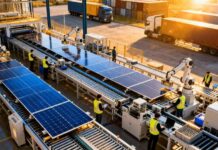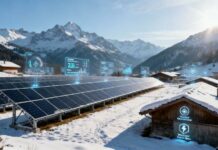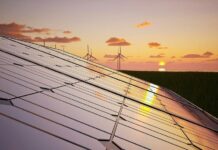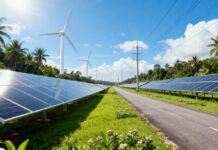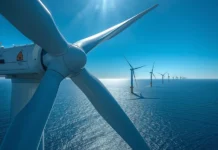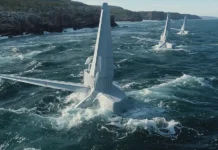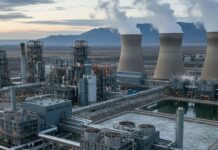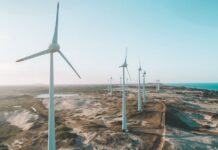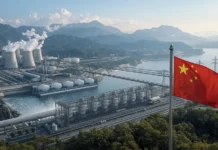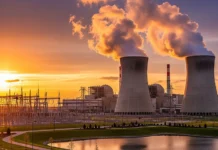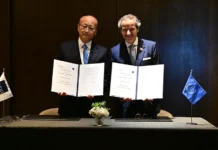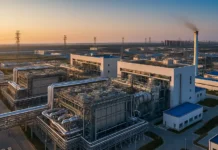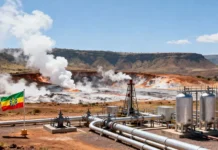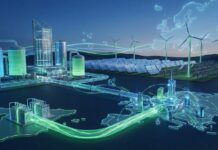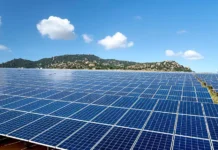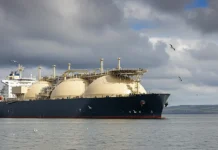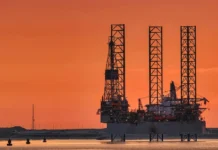BASF Environmental Catalyst and Metal Solutions (ECMS) has inaugurated a cutting-edge production facility for green hydrogen and fuel cell components in Budenheim, Germany, close to Frankfurt. The project was developed in collaboration with Trigona Fuel Cell Components GmbH and Grundstücksverwaltung Rheinufer GmbH & Co. KG.
This investment is an important move for ECMS as it pushes forward in the hydrogen economy. The company is focusing on circular solutions that improve performance and help bring down costs for proton exchange membrane (PEM) electrolysis and fuel cells. The Budenheim facility is now producing newly developed low-PGM-loaded catalyst coated membranes (CCMs), a key part of PEM water electrolysis stacks. It has gigawatt-scale production capacity and will supply these CCMs for PEM electrolyzers to customers around the world.
ECMS runs its hydrogen business across Europe, North America, and Asia. As the renewable energy sector evolves, green hydrogen production via water electrolysis is expected to play a central role in decarbonizing the hydrogen value chain, managing surplus renewable energy, and driving the broader global energy transition.
“Officially opening the Budenheim site is a critical step in our hydrogen business strategy and contribution to the green hydrogen economy,” said Tim Ingle, Senior Vice President of Precious Metal Services and Recycling for ECMS. “This investment allows ECMS to expand its capabilities in precious metals, catalysts and recycling, solidifying our position as an integrated, end-to-end solution provider for our customers spanning the entire PEM technologies value chain.”
“It’s great to see our precious metal, catalysis and coating competencies, among other technology strengths, come to life in Budenheim,” added Saeed Alerasool, Senior Vice President of Research, Development and Application for ECMS. “We continue to use our strong expertise to develop the next generation of high-performance products at a reduced cost to meet industry needs and support the global energy transition.”
The green hydrogen and fuel cell component facility is located within an industrial site at the heart of Europe, in the Rhein-Main Metropolitan area, positioning it strategically for continental operations.



